Throughout the world, especially in more developed economies, electronic devices become more important to businesses and individuals on a daily basis. Read More…
JN White is an ISO 9001:2015 and ITAR-certified manufacturer of membrane switches, graphic overlays, and custom labels. We nimbly handle projects big and small and have the uncommon ability to translate what our customers need into high-quality, high-precision outcomes.
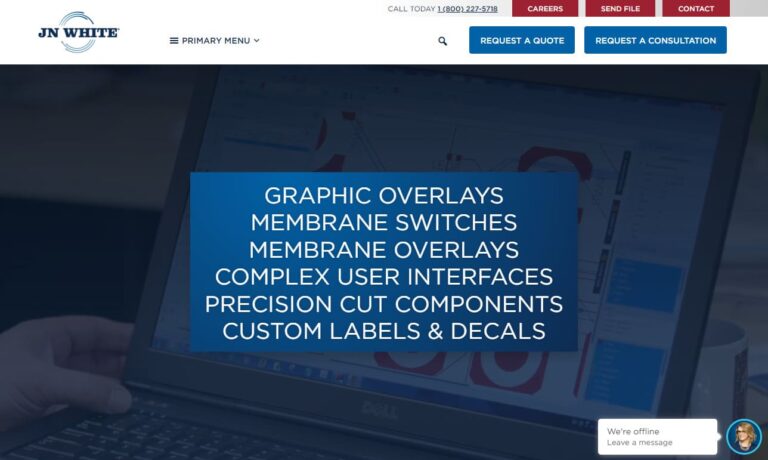
With over 30 years of experience, ALMAX is a leading manufacturer of membrane switch assemblies, printed/flexible electronics, and interactive technologies. Our engineering and manufacturing capabilities are implemented and trusted around the globe, and we're proud to offer our clients a complete range of services that meet the highest standards of quality and reliability.

Established in 1982, we at CSI Keyboards, Inc. have been at the forefront of the industry, dedicated to crafting exceptional membrane keyboards, membrane switches, and keypads. Since our journey began, we have honed our expertise to become a leading force in the field. Our skilled team of professionals is passionate about pushing the boundaries of membrane switch technology, consistently...
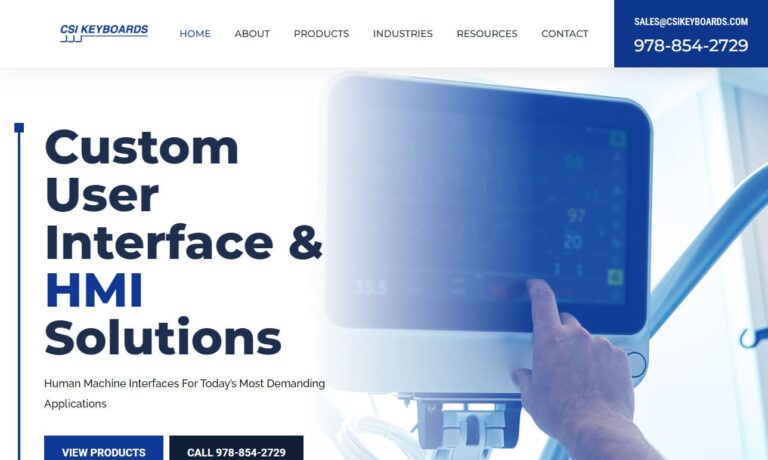
At Telamco, Inc., we specialize in the design and manufacturing of high-quality membrane switches, providing our clients with robust solutions that meet their diverse needs across a variety of industries. Our products are crafted with precision to deliver durability, reliability, and exceptional performance in environments where control and durability are paramount.
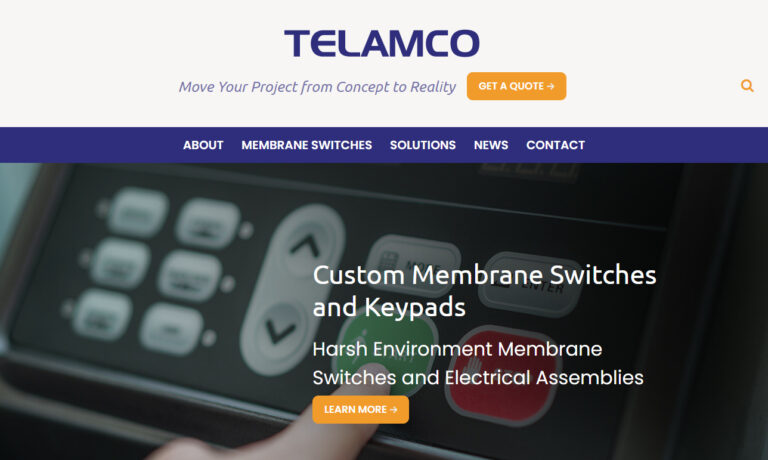
At Cole Graphic Solutions, we specialize in providing high-quality membrane switches designed to meet the unique needs of a variety of industries. With a commitment to excellence, we offer custom solutions that are built to deliver exceptional performance, durability, and precision.

More Membrane Keypad Manufacturers
Even in developing countries, where access to sources of electricity is irregular, electronic devices like mobile phones can be found everywhere. In order to interact with these devices, control systems like keypads, switches, panels and screens are necessary.
Membrane keypads are among the many user interface construction possibilities. They are used as button covers and displays on cell phones, automobile control panels, computer controls and even light switches. Industry, commerce and the consumer products market all rely on technology that integrates membrane keypads and other interface systems.
The personal computing industry, which serves almost every person in developed economies and a rising number of people in the developing world, depend heavily on keyboard production. Most personal computing keyboards involve moving parts like plastic keys; membrane keypads involve a sheet, usually of plastic, layered on top of a circuit board and printed with symbols.
Membrane keypads are more frequently used equipment control systems and in small consumer electronics applications, as most varieties are not practical for prolonged typing applications.
While membrane keypads are not as suitable for typing applications as plastic keyboards are, their qualities make them very suitable for other applications. Consumer electronics like mobile phones, kitchen utilities and even automobiles often involve the use of membrane keypads.
In telephones, membrane keypads are useful because they can be clearly printed with labels, they are not susceptible to build up of dirt because they feature no separated buttons and they are moderately resistant to accidental spills. This is also true of keypads for use in domestic utilities like blenders and other food preparation equipment. Membrane keypads usually consist of three layers.
The bottom layer of the keypad is fitted with circuitry that is connected to the rest of the electronic device. Above this layer is an electrical insulator, and above that layer is the membrane on which the symbols are printed. On the lower side of the membrane are conductive materials, which, when forced into contact with the bottom circuitry layer, completes an electrical circuit and sends a signal.
Some configurations also feature a layer of plastic or metal domes beneath the membrane, which, when depressed, makes a noise or offers resistance; this indicates to a user whether or not the keystroke has registered. Because there are so many membrane keypad possibilities, it is not difficult for electronic device manufacturers to find the right model for their products.





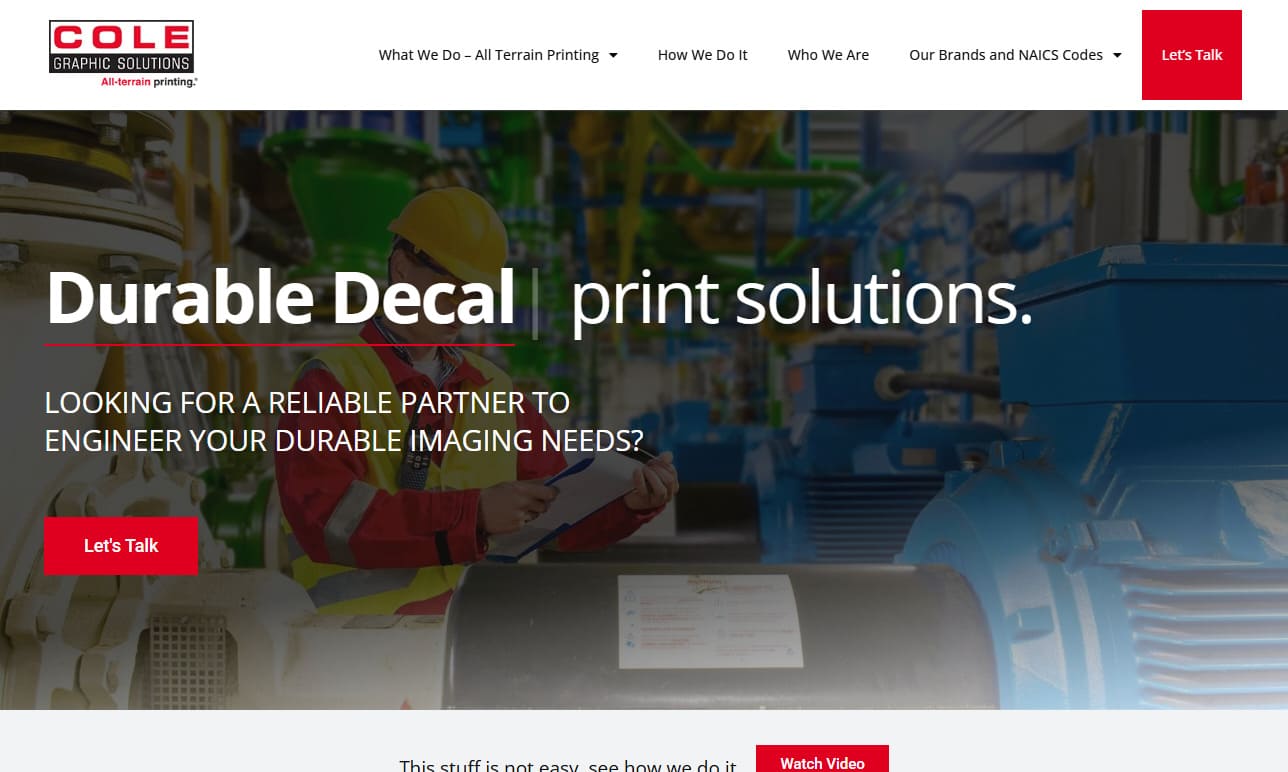
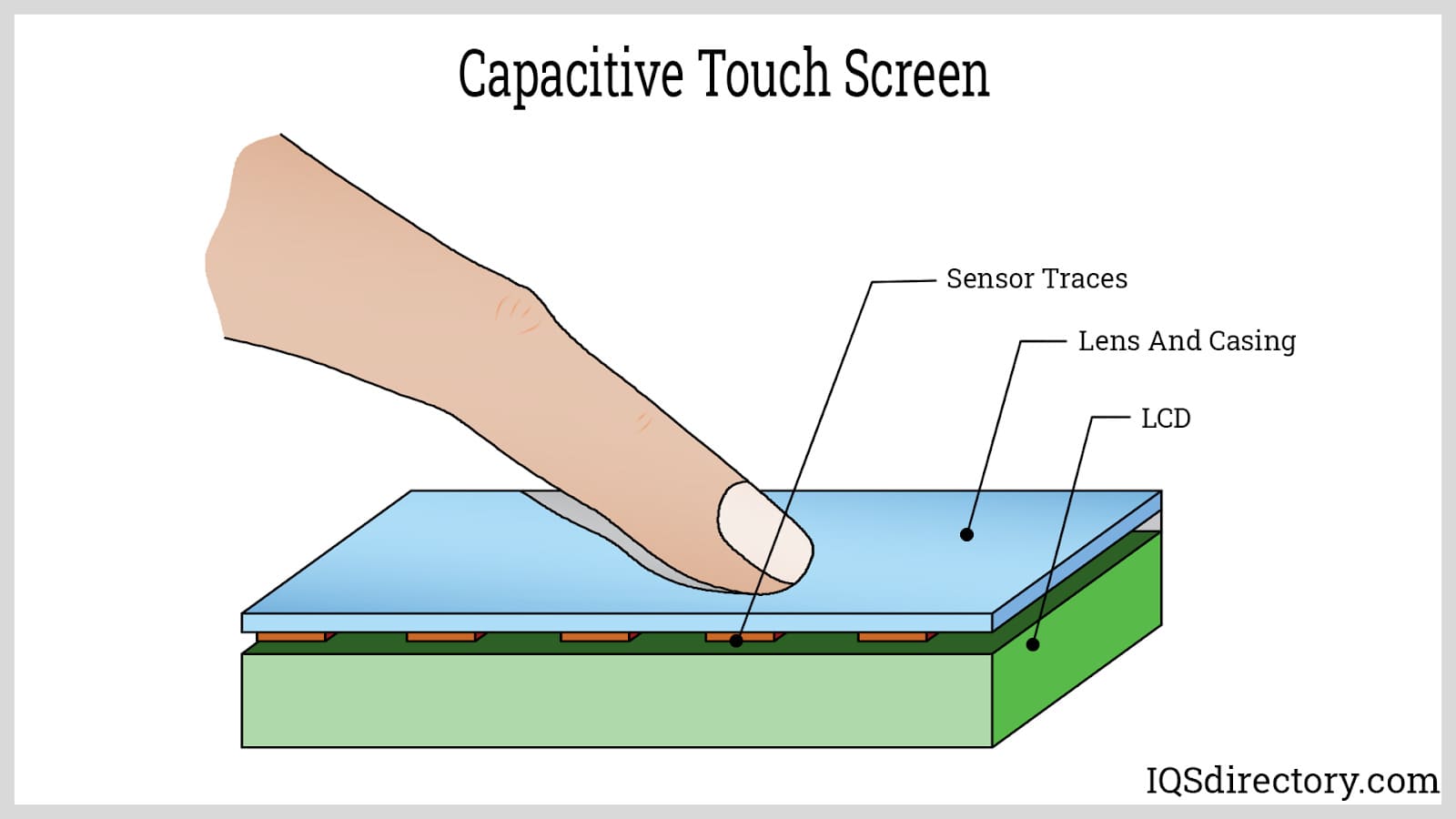
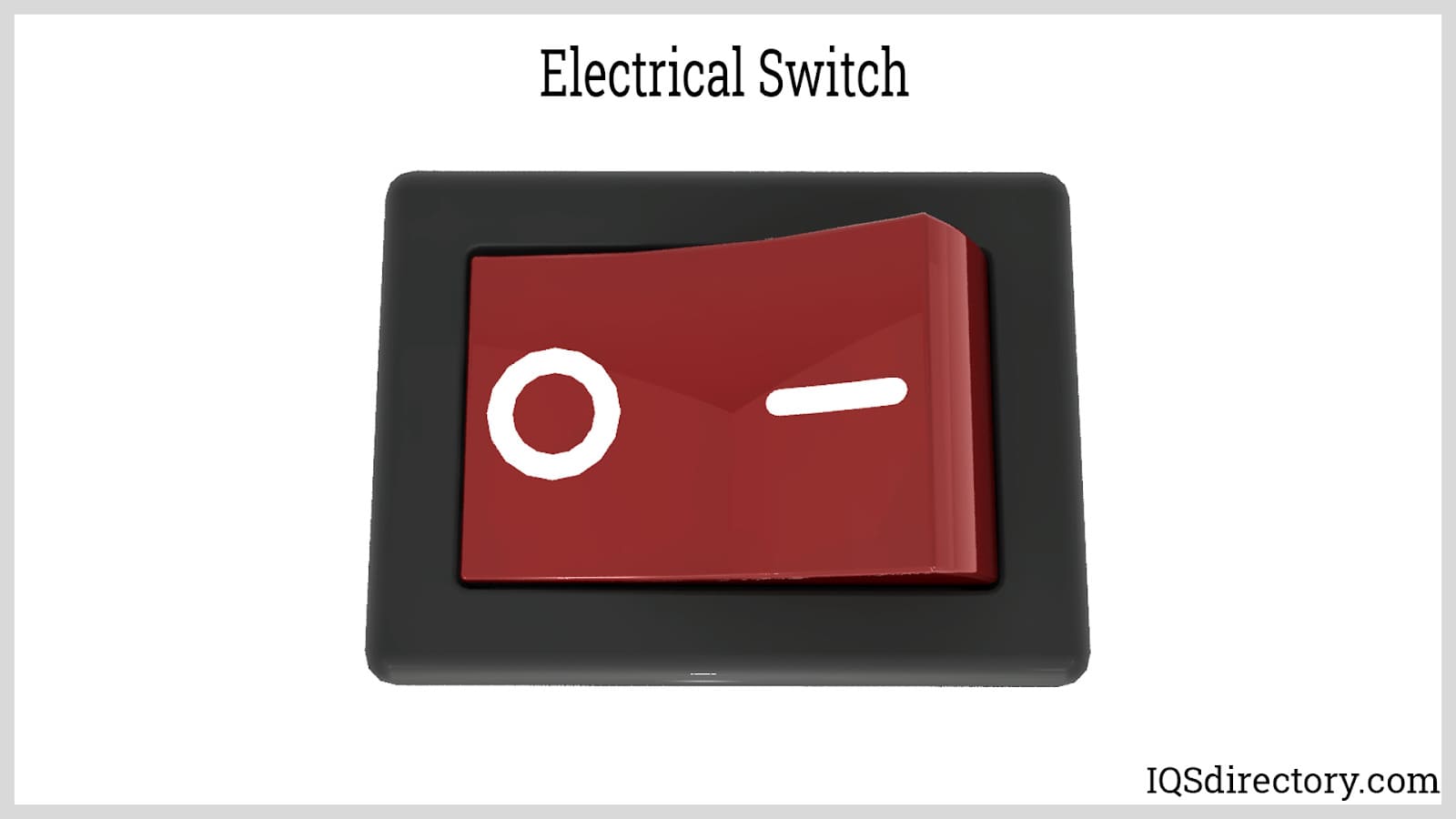
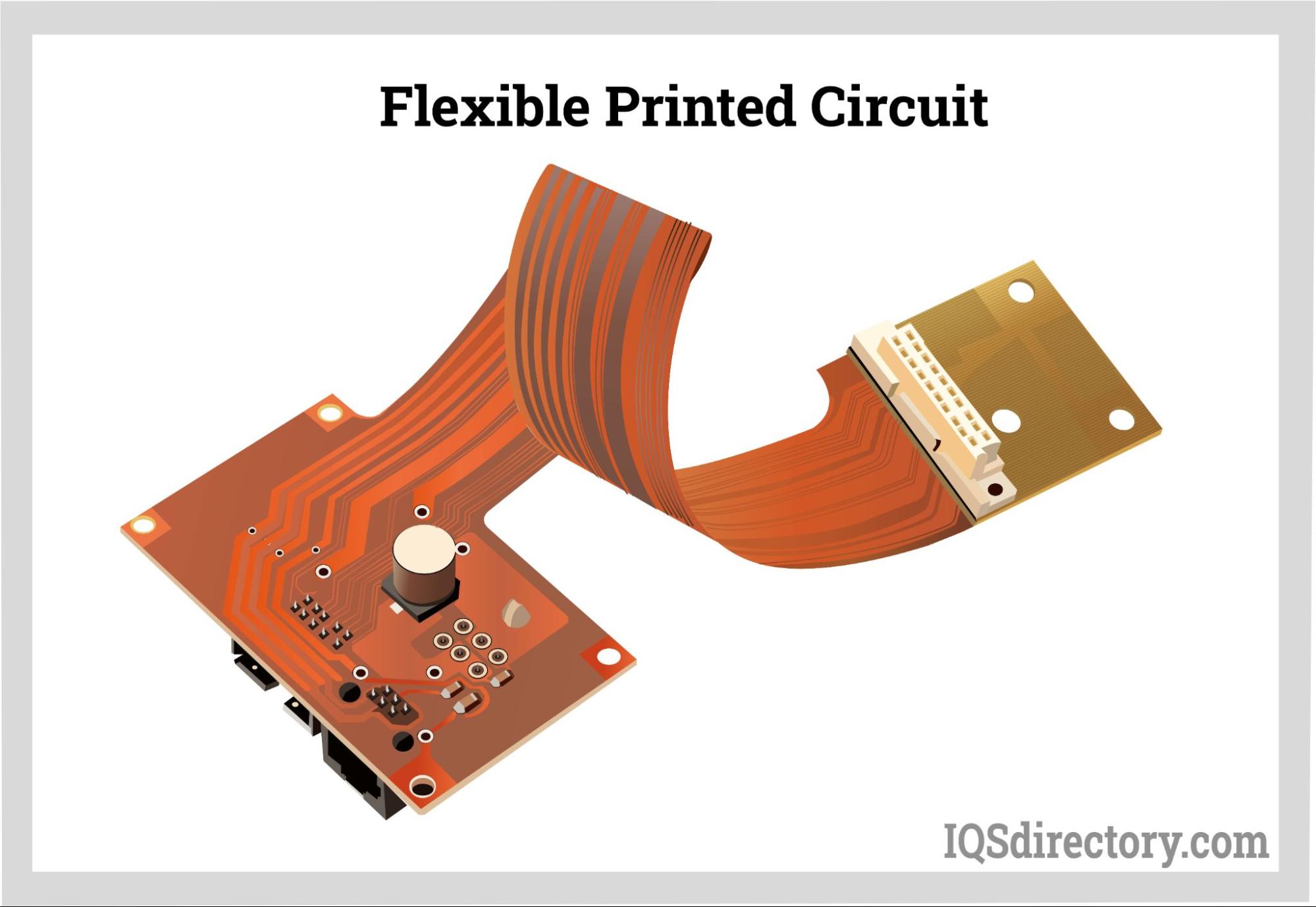

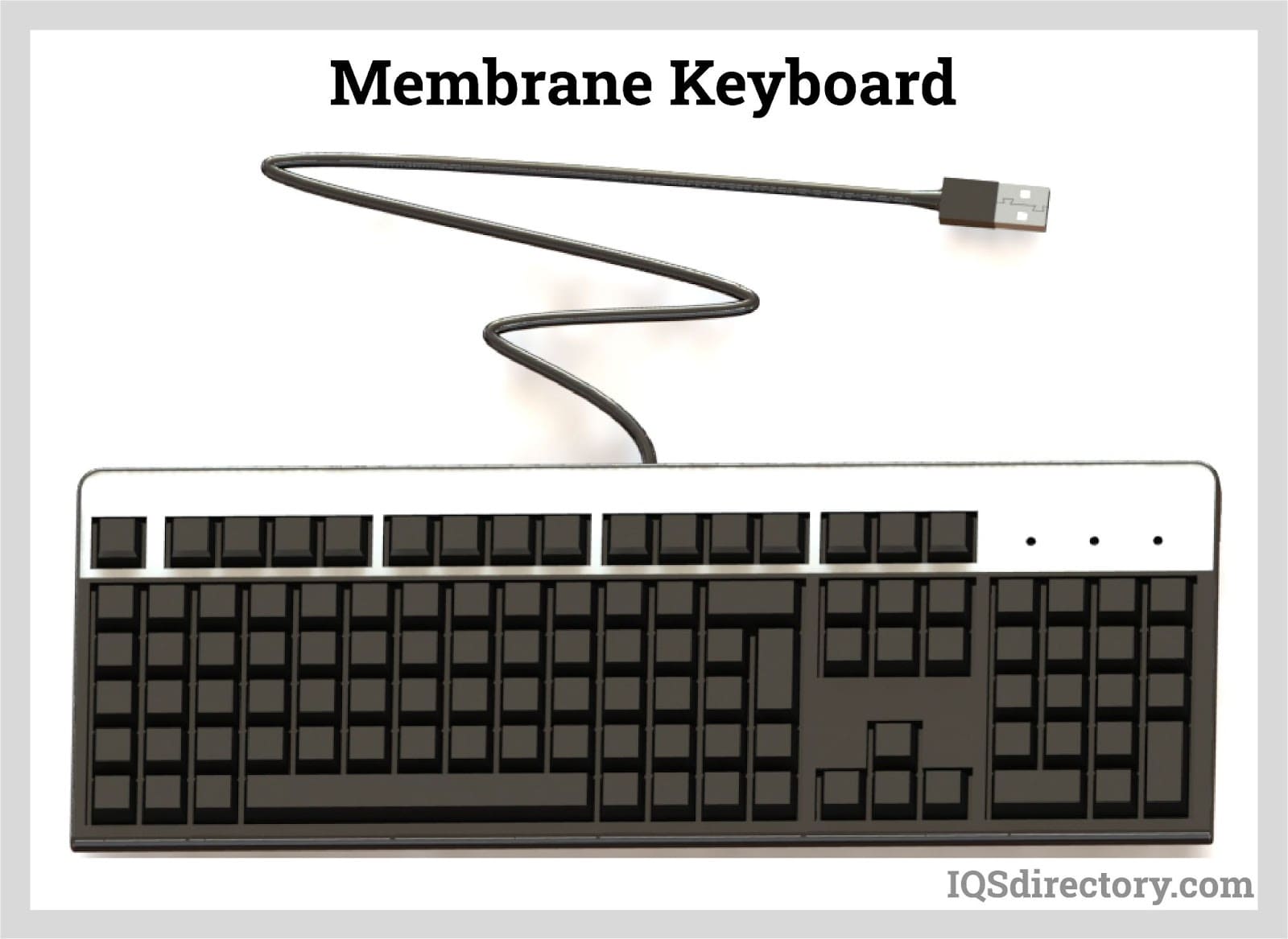
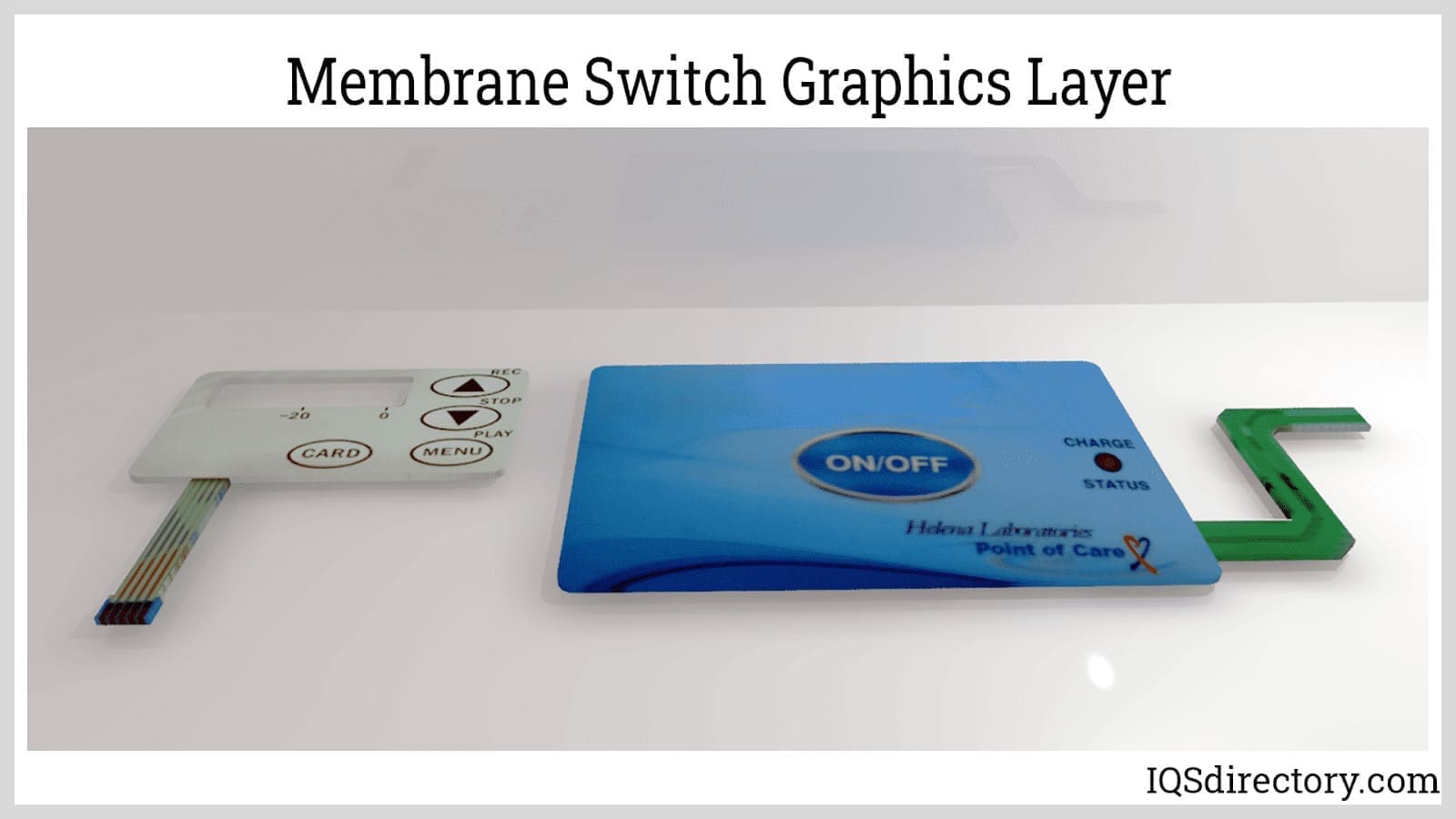
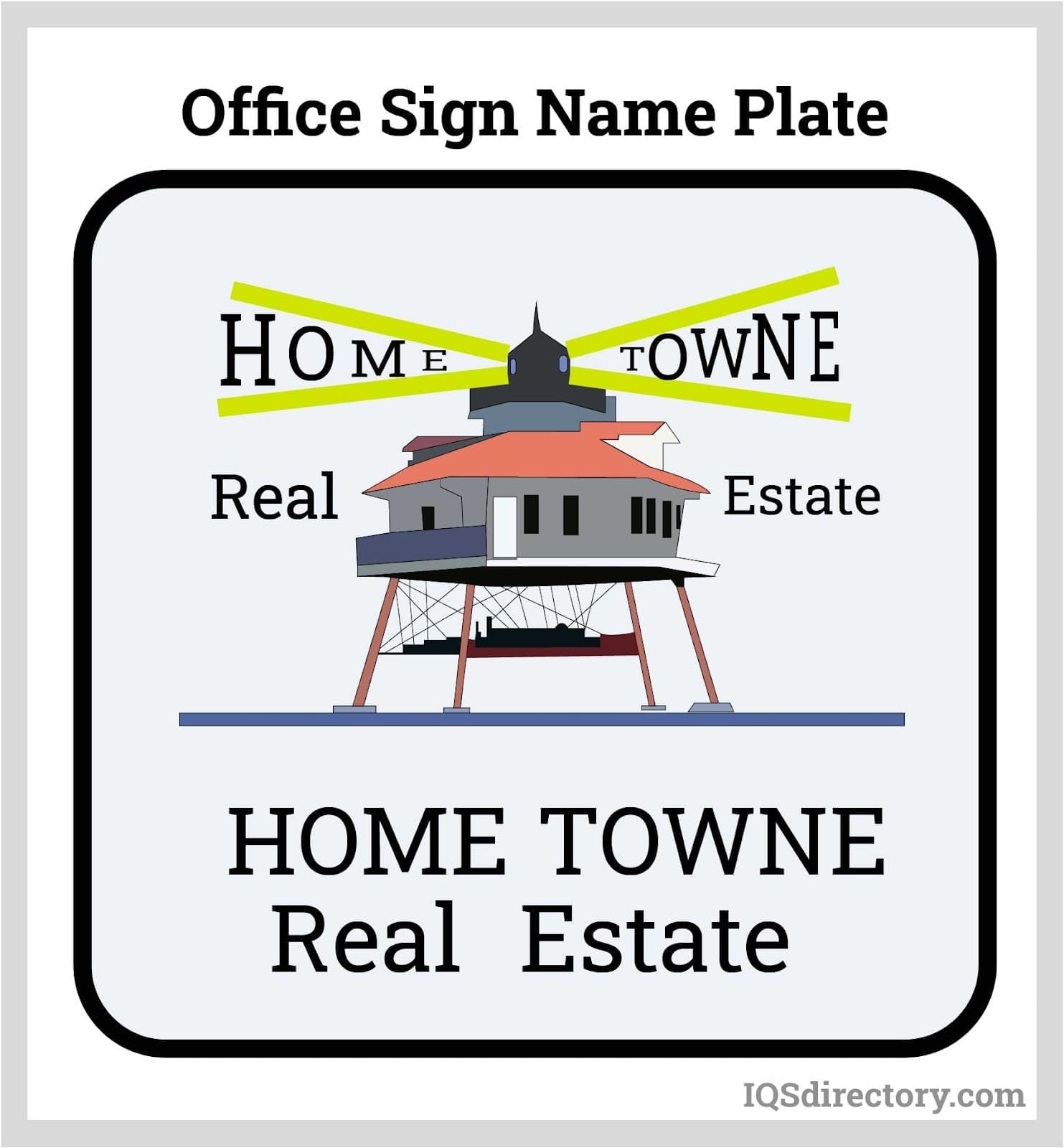
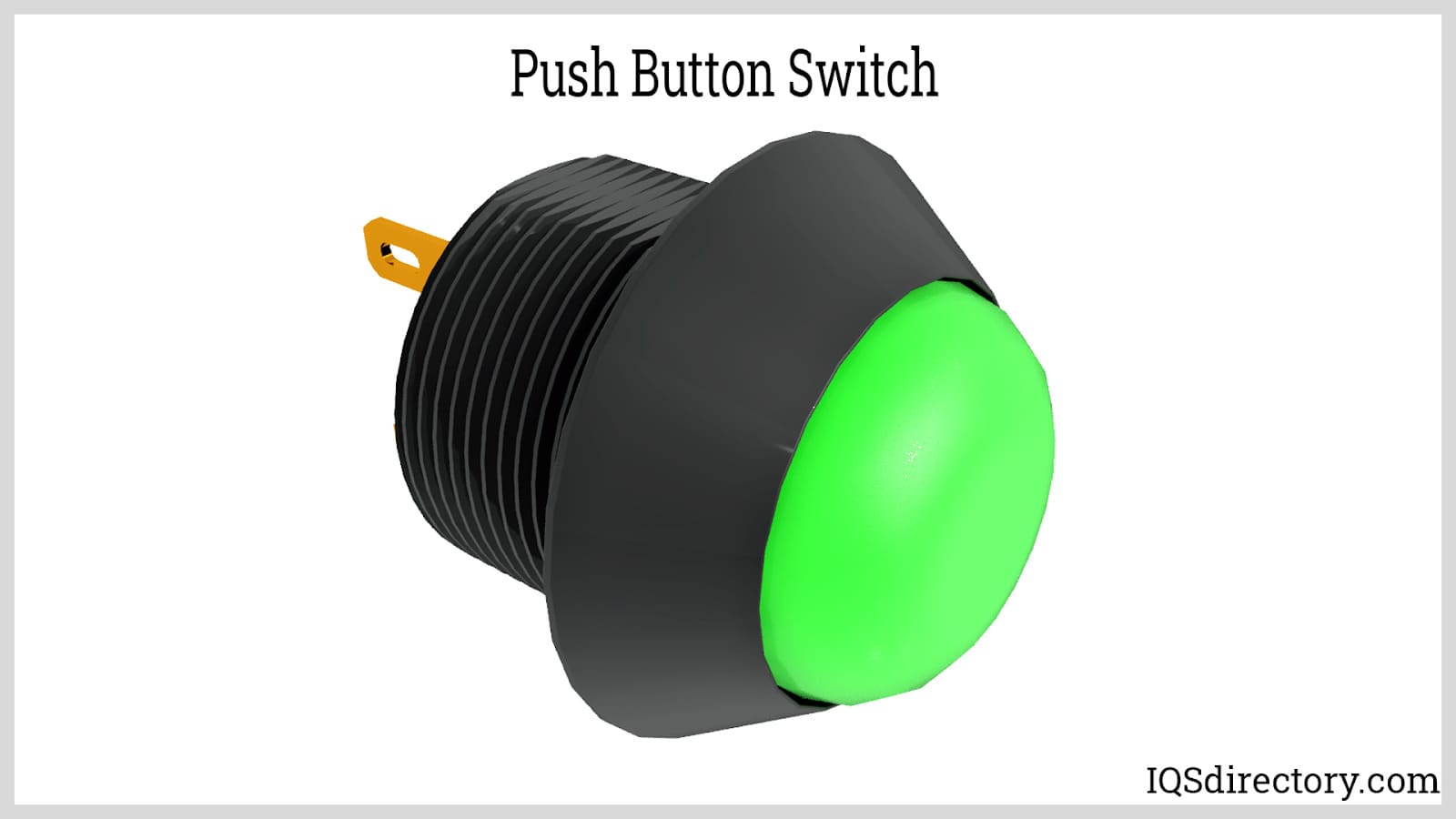
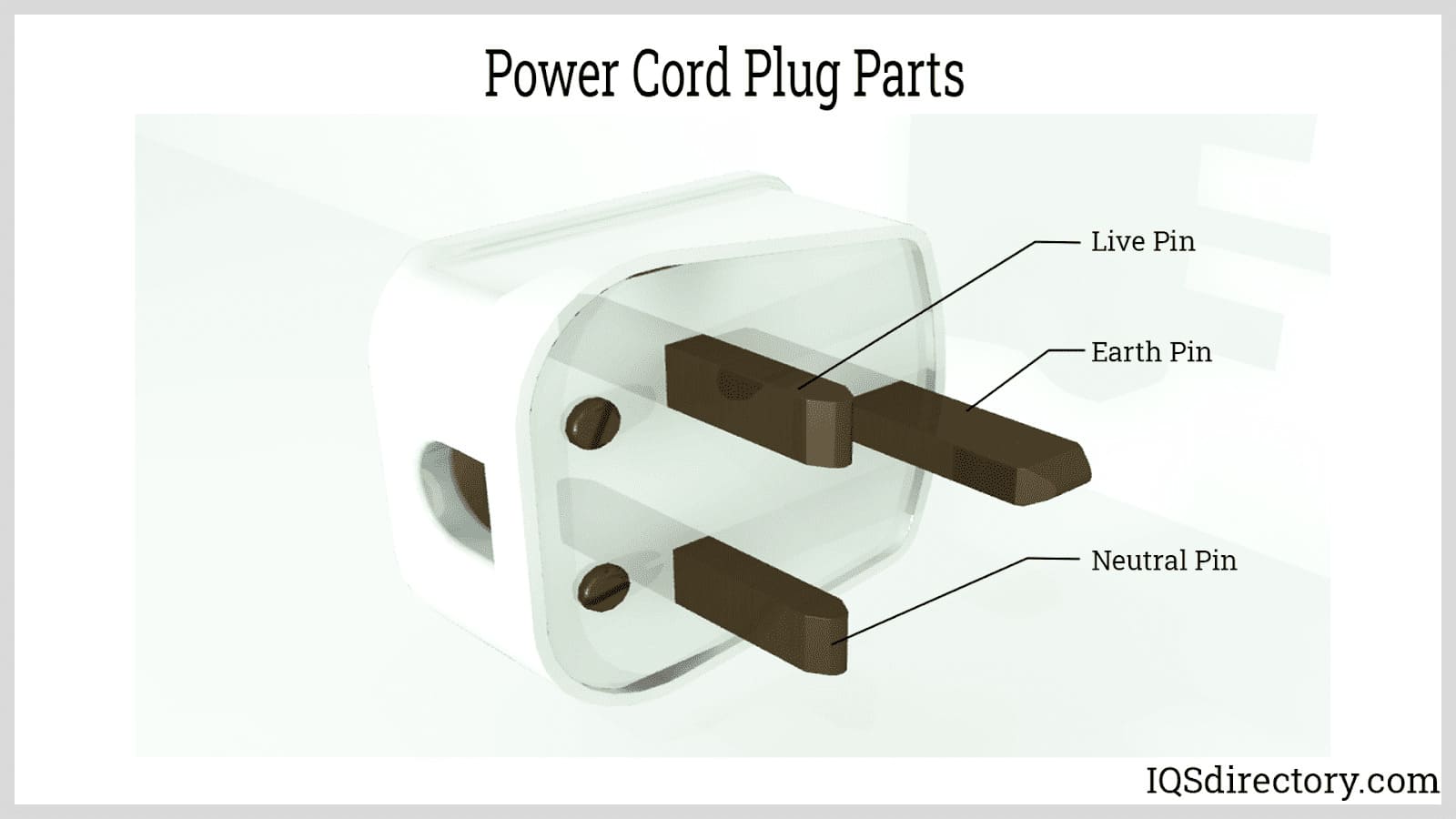
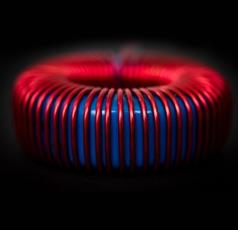 Electric Coils
Electric Coils Electric Switches
Electric Switches Electric Transformers
Electric Transformers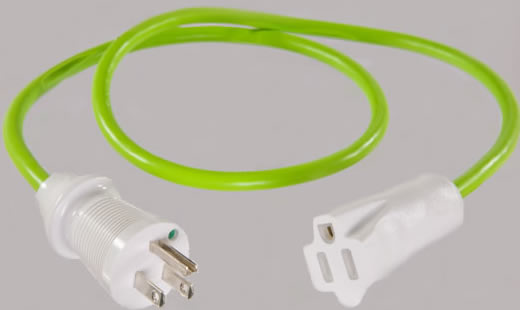 Electronic Connectors
Electronic Connectors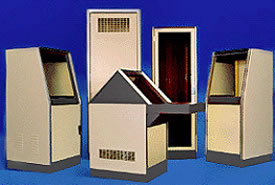 Electronic Enclosures
Electronic Enclosures EMI Shielding
EMI Shielding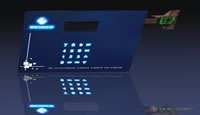 Membrane Switches
Membrane Switches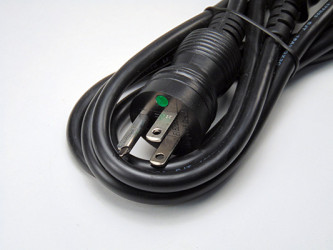 Power Cords
Power Cords Static Eliminators
Static Eliminators Castings & Forgings
Castings & Forgings Bulk Material Handling
Bulk Material Handling Electrical & Electronic Components
Electrical & Electronic Components Flow Instrumentation
Flow Instrumentation Hardware
Hardware Material Handling Equipment
Material Handling Equipment Metal Cutting Services
Metal Cutting Services Metal Forming Services
Metal Forming Services Metal Suppliers
Metal Suppliers Motion Control Products
Motion Control Products Plant & Facility Equipment
Plant & Facility Equipment Plant & Facility Supplies
Plant & Facility Supplies Plastic Molding Processes
Plastic Molding Processes Pumps & Valves
Pumps & Valves Recycling Equipment
Recycling Equipment Rubber Products & Services
Rubber Products & Services